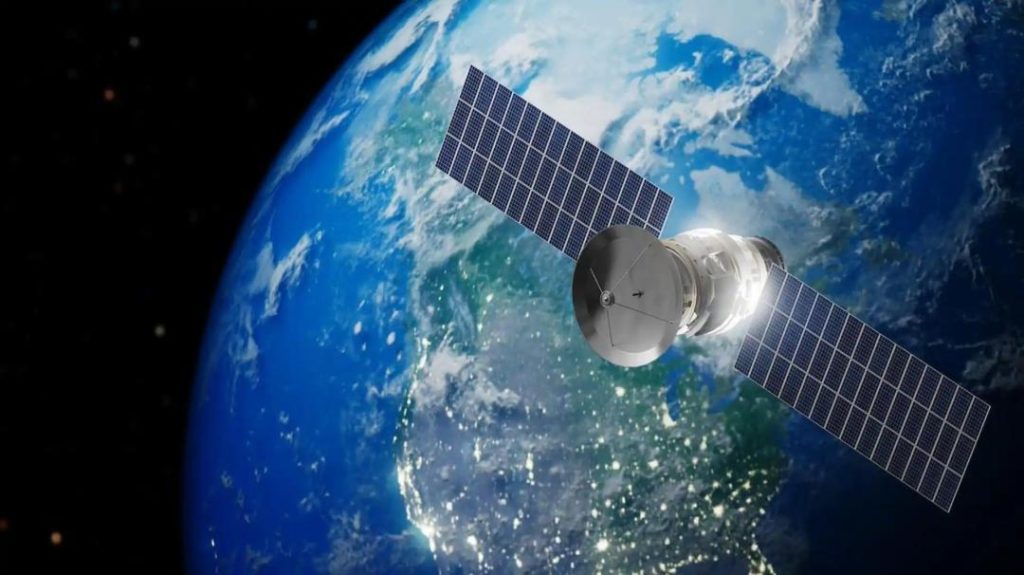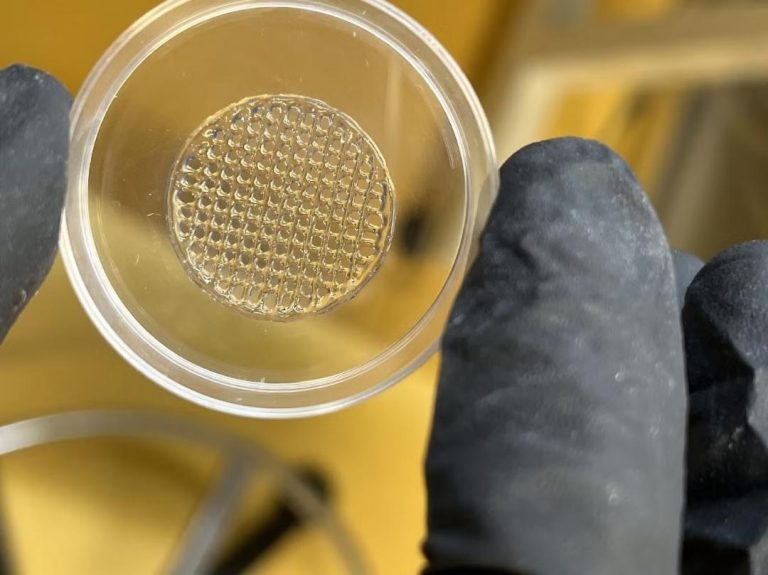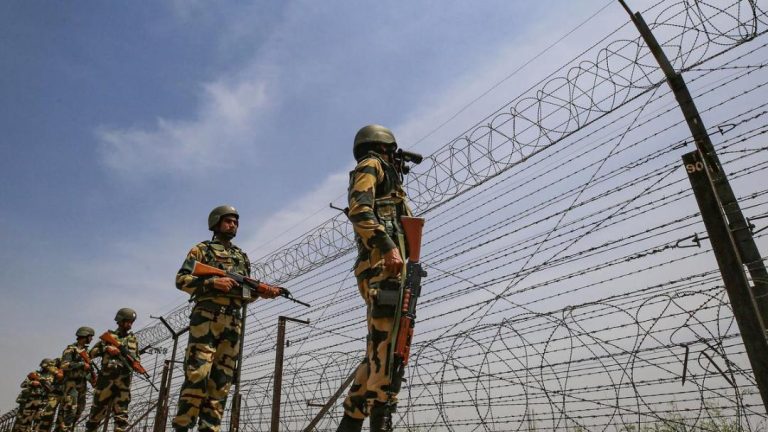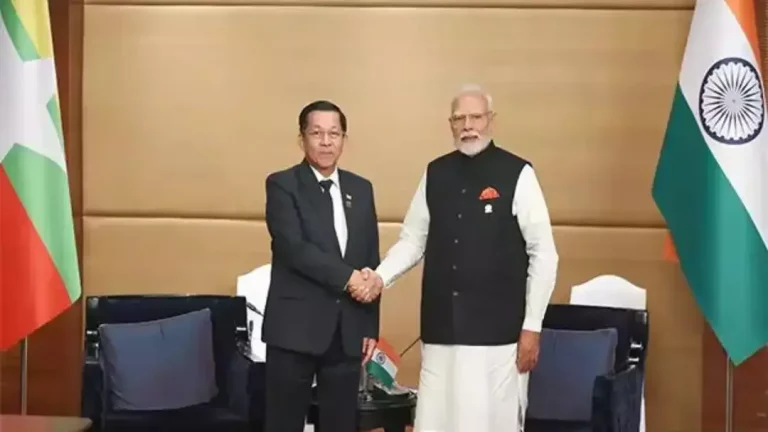
What are Space Pirates & How Can Satellites be Secured from Them?
In recent years, a new threat has emerged in the vast expanse of space – space pirates. These individuals, or groups, attempt to attack man-made satellites either virtually or physically using different methods. The implications of this threat are far-reaching, as satellites play a crucial role in our daily lives, from communication to navigation to weather forecasting.
The concept of space piracy may seem like something out of a science fiction movie, but it is, in fact, a very real concern. Space pirates can use a variety of methods to attack satellites, including hacking, jamming, and even physically destroying them. The consequences of such attacks can be devastating, causing disruptions to critical infrastructure and posing a significant threat to national security.
So, what can be done to secure satellites from these would-be pirates? The answer lies in building multi-layered security systems that incorporate ground-to-space operations. This involves developing a range of technologies and strategies that can detect and respond to potential threats in real-time.
One of the key challenges in securing satellites is the vast distances involved. Satellites are often thousands of miles away from Earth, making it difficult to respond quickly to an attack. This is why experts are calling for the development of methods of quick space travel, such as reusable rockets, to ensure rapid response to physical acts of piracy.
In addition to developing new technologies, it is also important to improve our understanding of space piracy itself. This involves studying the motivations and tactics of space pirates, as well as identifying vulnerabilities in satellite systems that can be exploited.
In an interview with Newsbytes, Dr. Maria Rodriguez, a leading expert on space security, emphasized the importance of a multi-faceted approach to securing satellites. “We need to develop a range of technologies and strategies that can detect and respond to potential threats in real-time,” she said. “This includes improving our understanding of space piracy, developing quick response technologies, and implementing robust security protocols on the ground.”
The threat of space piracy is not limited to individual satellites, but also has implications for the entire satellite industry. The loss of a single satellite can have significant consequences, including disruptions to critical infrastructure and economic losses.
In response to the growing threat of space piracy, many countries and companies are investing heavily in satellite security. This includes developing new technologies, such as artificial intelligence-powered surveillance systems, as well as implementing robust security protocols on the ground.
In addition to the technical challenges involved in securing satellites, there are also significant legal and regulatory hurdles to overcome. The Outer Space Treaty, a landmark agreement signed by over 100 countries, including the United States, Russia, and China, aims to prevent the use of outer space for military purposes. However, the treaty does not explicitly address the issue of space piracy.
As the threat of space piracy continues to grow, it is clear that a new era of cooperation is needed. This involves working together to develop effective solutions to this complex problem, as well as addressing the legal and regulatory challenges involved.
In conclusion, space piracy is a very real threat that requires a multi-faceted approach to secure satellites. This involves developing new technologies, improving our understanding of space piracy, and implementing robust security protocols on the ground. With the help of experts like Dr. Maria Rodriguez, we can work together to protect our satellites and ensure the continued success of the satellite industry.
News Source:
Note: The article is based on the provided news source and is intended to provide general information only. It is not intended to be a comprehensive or authoritative treatment of the subject.






